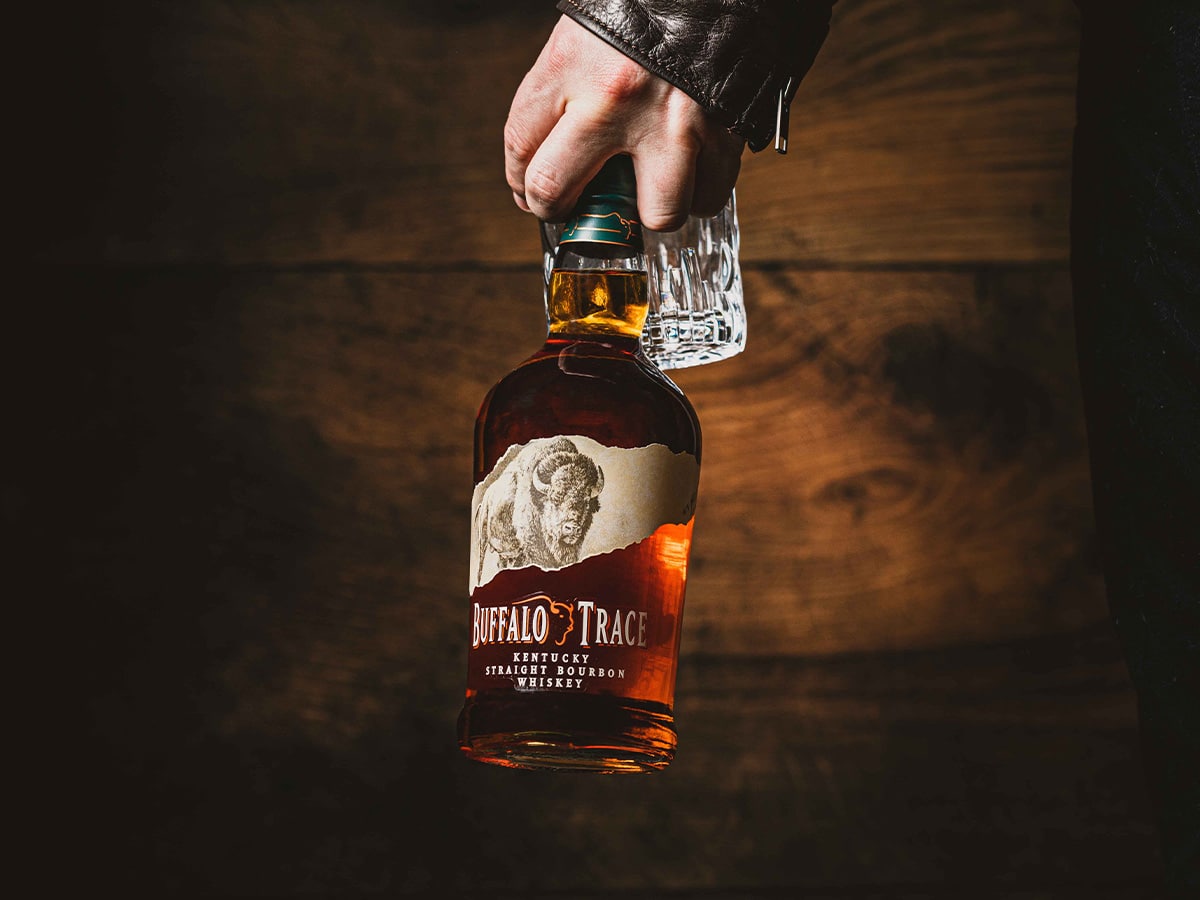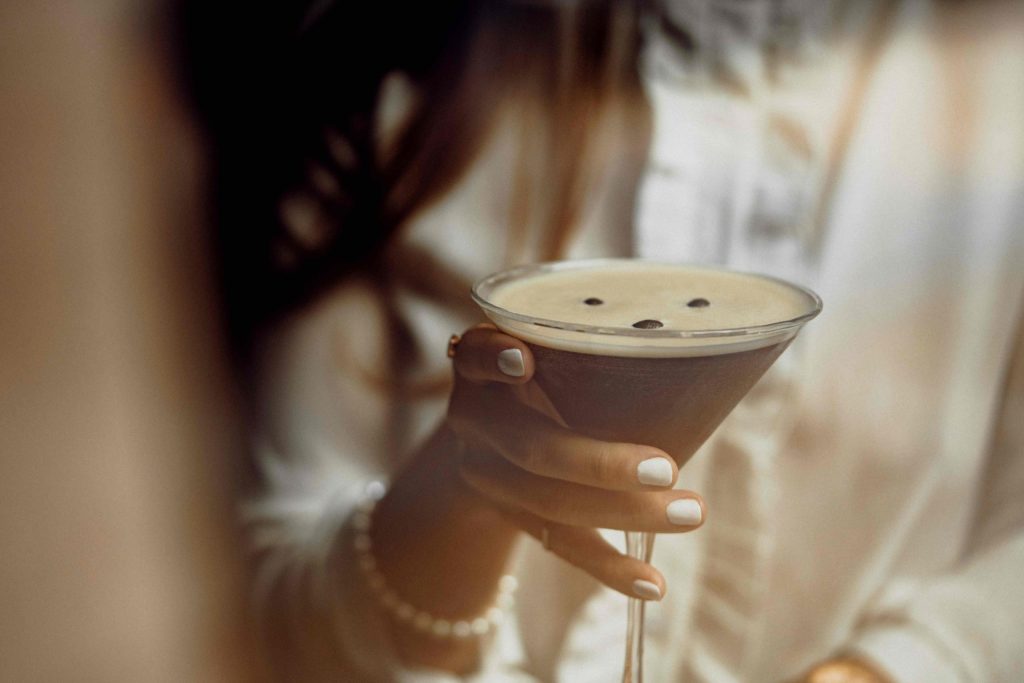So, you want to get into bourbon but aren’t sure how. As with all new spirits, approaching bourbon for the first time can seem daunting. There appear to be a million terms you need to understand to immerse yourself in the culture, and while you might think the easiest way would be to simply purchase a bottle, pour it into a glass, and drink, it’s not always that easy. In fact, as an inexperienced bourbon drinker, how do you know what bottle to even buy?
Understanding bourbon takes time, so perusing online reviews and asking the professionals at the bottle shop are good places to start. If you want to make sure your bourbon experience is a positive one, I’d avoid diving into the first bottle that looks good, unless, of course, you enjoy pouring your hard-earned money down the drain (literally in some cases).
The reason you likely shouldn’t just go into a store and grab the first whiskey bottle that catches your eye with an appealing label is that you first need to know what some of the terms associated with bourbon (many of which are found on the label) mean. Is it cask strength? Bottled-in-bond? What’s the proof? Keep scrolling to learn about these terms and many more bourbon-related buzzwords that you will encounter on your bourbon journey.
A-Z of Bourbon Terms
With education in mind, I’ve put together this glossary of whiskey terms, explaining all the bourbon jargon any new drinker needs to know. From Cask Strength to Mash Bill, this list of terms and phrases will empower you with the knowledge to make an informed decision and separate the delicious from the disastrous. Let’s get stuck in.
American Oak
American Oak is among the most-widely used wood for whiskey cask production across the world. Otherwise known as White Oak or by the binomen Quercus Alba, the type of wood is revered for its absorbent properties, high vanillin content and rich texture, which is why it has become so ubiquitous in cooperage.
Angel’s Share
Not only is Angel’s Share a whiskey brand, but it’s also an important term when it comes to aging bourbon (and other whiskeys). While maturing, a surprisingly large amount of whiskey is lost due to evaporation. The longer it ages, the more the ‘angel’s share’, as it’s called, disappears. On the flip side is the ‘Devil’s Cut’. Jim Beam coined this term as a reference to the whiskey that stays in the wood after the whiskey is removed from the barrel. They figured out a way to extract this extra whiskey and add it to their bourbon.
Bottled-in-Bond
If you see the words “bottle-in-bond” written on a bottle of bourbon, you should know that it was made using the strictest rules in the bourbon whiskey world. To get this designation, it must be matured for at least four years in a Federally bonded warehouse, produced by only one distiller in a single distillery, and be bottled at 100-proof. Any deviation from the rules and regulations negates the possibility of the bourbon getting labelled as a bottle-in-bond expression.
Bourbon
First and foremost is bourbon itself. If you don’t even know what bourbon is, you should probably start here. Bourbon is a whiskey that must have a mash bill of at least 51 per cent corn. It is matured in charred, new oak barrels and must be made in the US (but not just Kentucky even though 95 per cent of the spirit is made there). There are other rules about the alcohol content, but you get the idea. Corn, USA, and aged in charred oak.
Bunghole
If you’ve ever watched Beavis and Butthead, you’ve probably heard the word bunghole—this is a favourite term used by Cornholio. And while it sounds very silly, it’s an actual term in the bourbon (and all-aged spirits) world. The bunghole is a hole that’s drilled into a barrel while it’s nearing the end of its aging process. It’s a way for whiskey-makers (using a whiskey thief) to take some whiskey out to sample without dumping the whole barrel. It’s closed with a cork or a stopper.
Cask Strength
If you see a bourbon listed as cask strength, this means the whiskey was bottled directly from the barrel or cask. You might not realise it, but most whiskey is pretty high in alcohol when it’s done aging. Distillers proof the whiskey down to 80,90, 100-proof, or other levels by adding water. Cask-strength whiskey hasn’t been proofed down before it was bottled—which means it’s usually between 100 and 130 proof. For us here in Australia, that equates to about 50-60 per cent ABV. This is the type of whiskey you want to add a few drops of water to before taking a sip.
Distillation
Distillation refers to the process of heating an alcoholic substance until the alcohol volume begins to evaporate. From here, distillers condense the alcohol in order to manage and manipulate the flavour profile and make it palatable. Regardless of whether you are talking about whiskey, vodka, rum or any other type of spirit, the process remains the same.
From a scientific perspective, alcohol evaporates at 78.29°C—less than the boiling point of water. As such, when a distiller heats the alcoholic substance, the alcohol will evaporate without the water, leaving you with a condensed version of the spirit that is able to be matured, aged or blended.
Double Distillation
As you might expect, double distillation refers to the concept of following the above process twice. With this practice, an alcoholic liquid is distilled twice for clarity and condensation purposes. While not a requirement of the industry, this process is commonly used in Scottish Lowlands and Irish whiskey production.
Kentucky Bourbon
While bourbon can be produced anywhere in America, Kentucky has a special designation. The state is revered for its unique style of whiskey and as such, is the only region in the country that can put the state of production on the label. Kentucky Straight Bourbon Whiskey is a style of whiskey-making, but you can rest assured that all releases with this label were produced in the southern state.
Mash Bill
We just mentioned that bourbon must have a mash bill of at least 51 per cent (even though most have a much higher percentage of corn). But what exactly is a mash bill? A mash bill is the type of grain used to make the spirit. You might find a bourbon with a mash bill of 75 per cent corn, 15 per cent rye, and 10 per cent barley. These are the different grains used to make the whiskey.
Master Blender
The master blender is responsible for combining different whiskies to create the most palatable release. An important role in the overall production process, the master blender ensures consistency across the range, helping to develop and refine the distillery’s house style.
Non-Chill-Filtered
A lot of big-name, popular brands go out of their way to mention that their bourbons are ‘non-chill filtered’. This means that they aren’t chill-filtered, a process of cooling the whiskey and filtering it. Many whiskey producers and drinkers believe this step removes important flavours and aromas. Non-chill-filtered whiskey might be cloudier than its chill-filtered counterparts.
Proof
The proof of a bourbon is another way to understand its alcohol content. Instead of saying a whiskey is 50 per cent alcohol by volume, it will often be labelled as 100-proof. A spirit’s proof is always double the ABV. It’s pretty easy to remember. Simply take the alcohol percentage and double it. Or take the proof and divide it by two.
Single Barrel
‘Single Barrel’ is another popular buzzword you might find on a bourbon label. This one is fairly self-explanatory. This term is used to designate an expression that comes from literally only one barrel. This is opposed to most bourbons which are a blend of multiple selected barrels. In many cases, due to their limited availability, single-barrel bourbons are highly prized and very sought-after.
Small Batch
In the world of whiskey, the term ‘small batch’ might be the most confusing. In the simplest terms, a small batch means the whiskey expression is made up of a small number of barrels blended together. The problem is there is no set number. Some distilleries only use ten barrels, some use hundreds, and some even use thousands and still call them small batch.
Sour Mash
You might see the term ‘sour mash’ printed on a bottle of bourbon. This process uses leftover mash from a previous batch of whiskey to help with the acidity (hence ‘sour mash’). Some brands specifically list that they make ‘sour mash whiskey). While not a bourbon, a great example is Jack Daniel’s. Popular bourbon-maker Belle Meade makes an expression called Belle Meade Sour Mash Whiskey Straight Bourbon.
Sourced
Historically one of the dirtiest words in the bourbon lexicon, sourced whiskey is extremely important, especially when a new distillery is still waiting for its whiskey to age. Sourced whiskey is distilled by other distilleries and blended with your whiskey or other sourced whiskeys. Many brands are changing the negative narrative of sourced whiskey, with Widow Jane perhaps the best example. Its expressions feature bourbons from Tennessee, Indiana, and Kentucky melded perfectly together to create one flavorful, nuanced bottle.
Straight
Technically, if the bourbon is made using the right percentage of corn (at least 51 per cent), matured in charred oak barrels, and meets the alcohol by volume requirements, there’s no set amount of time a bourbon needs to age. While it probably won’t be very complex and nuanced, you could distil a bourbon, throw it in a barrel for a few months, and then bottle it. To be called a straight bourbon, however, it must be matured for a minimum of two years. And while there are absolutely some distilleries that hit this threshold and bottle their whiskey, most opt to age their bourbon for at least four years.
Additional Reading
If you loved this bourbon story, why not check out some of our other guides to whiskey? From rye and wheat releases to cask explanations and valuable insights, we’ve got a long list of whiskey resources for you to peruse.
Why Trust Our Whisky Advice
With more than 15 years of experience reviewing beer, wine and spirits, author Christopher Osburn is an expert in all things whiskey. The spirits professional has covered alcohol and lifestyle topics across a variety of publications in North America and Australia, providing critical insights into the industry and the making and distillation process alongside detailed breaking news and reviews.
Additionally, all content produced for Man of Many undergoes a rigorous fact-checking and approval process. Our team of culture and product editors compile lists and features based on personal experience, research and reviews. this list through personal experience and online research, as well as through commentary from food critics and expert restaurant reviews. For more information, you can view our Editorial Policy and Standards Document.



